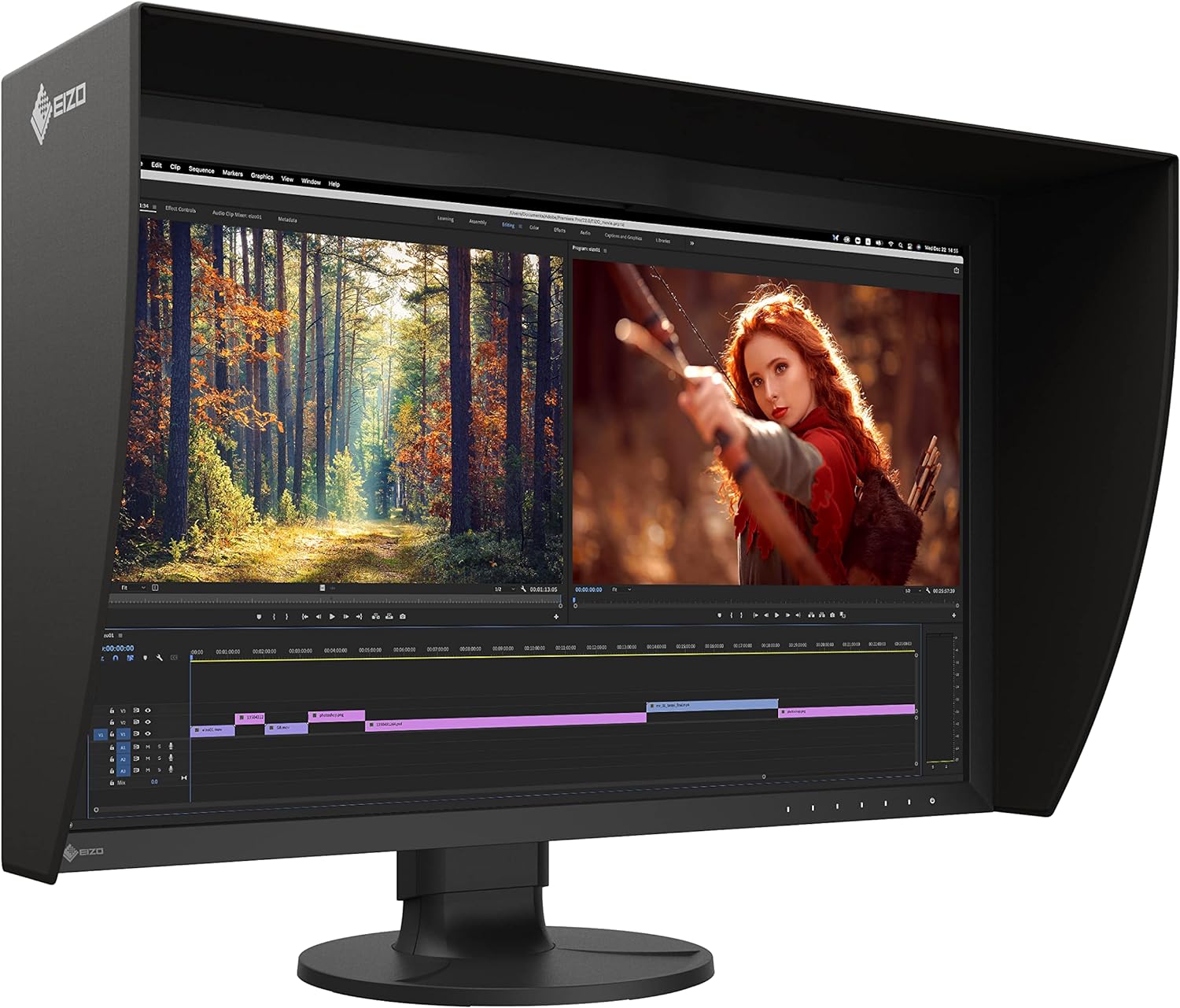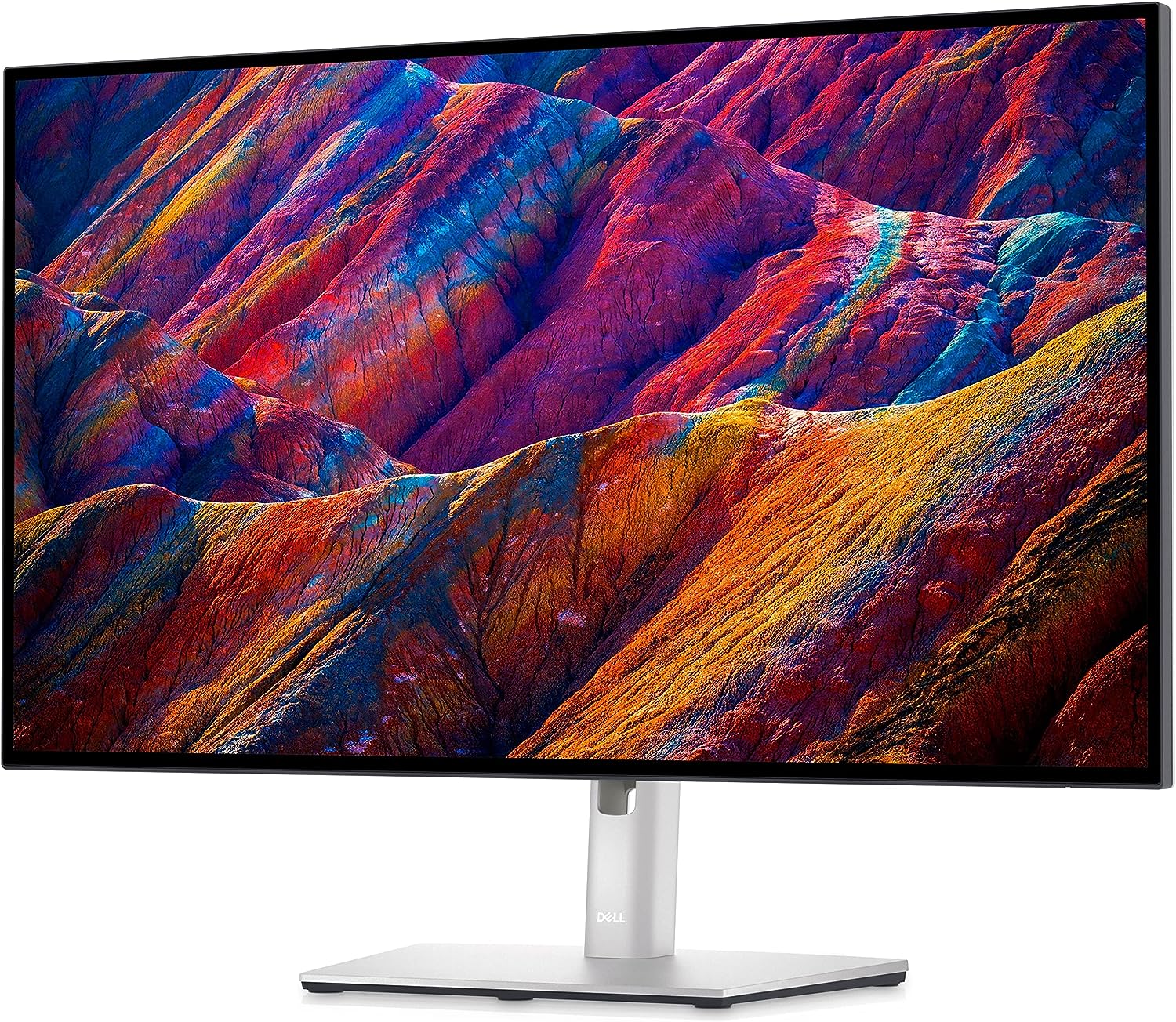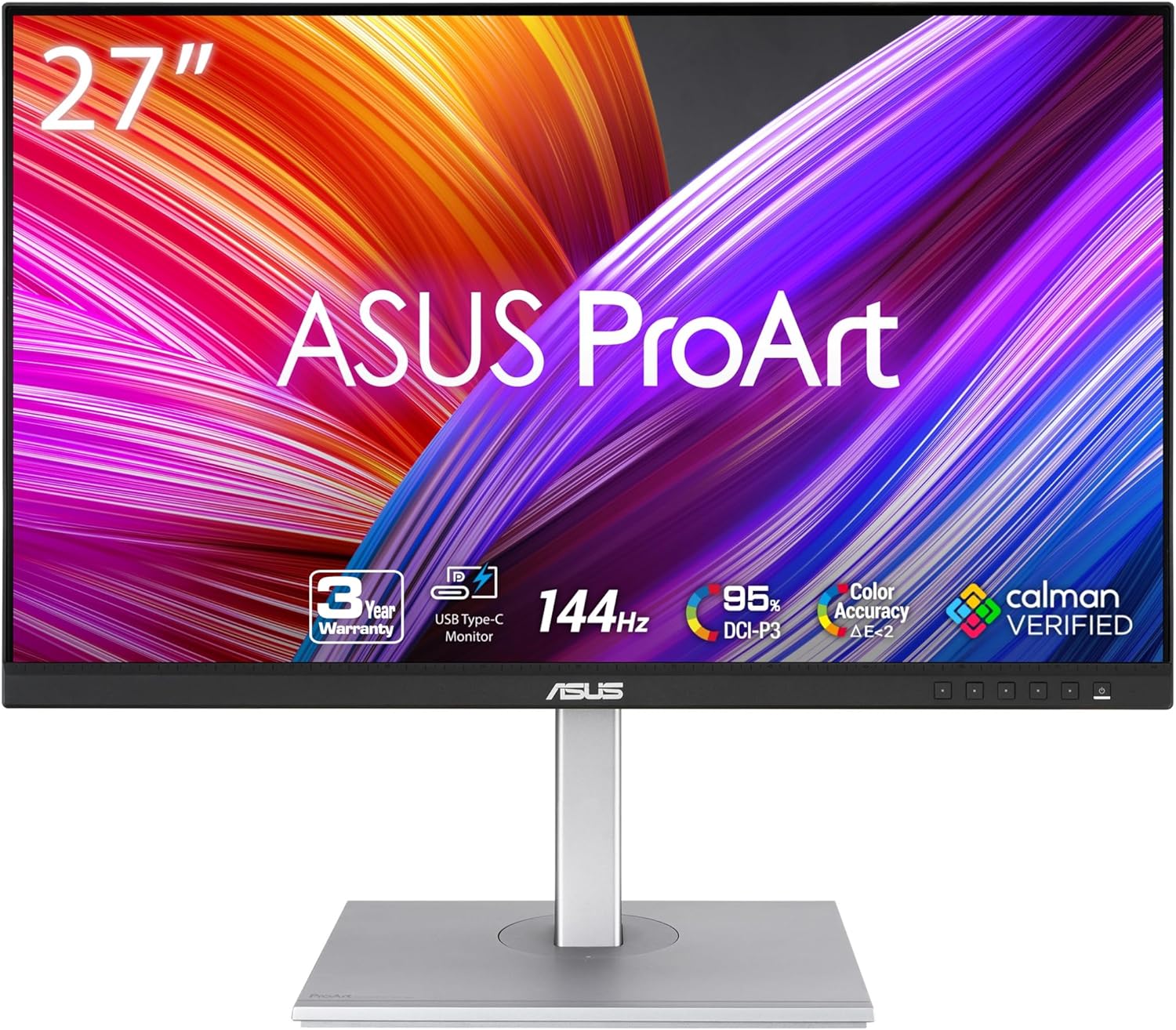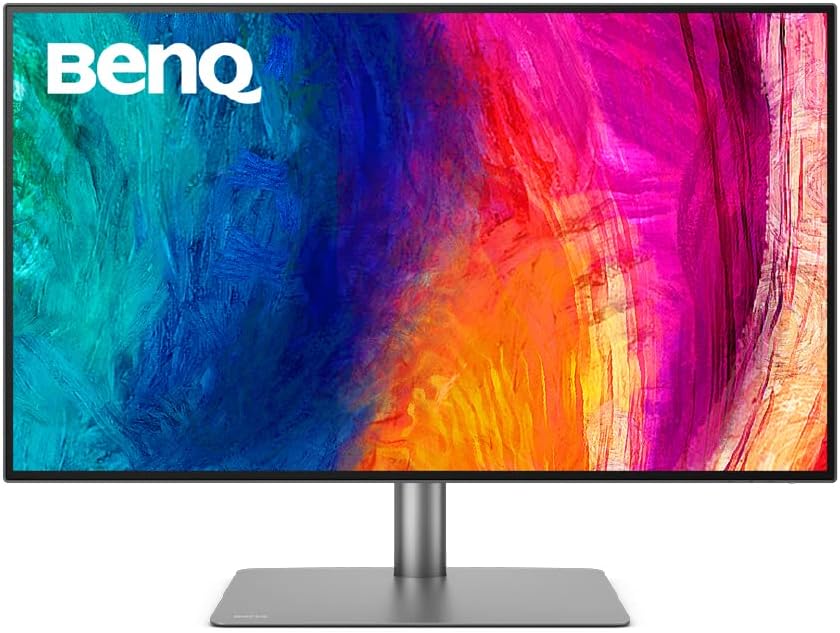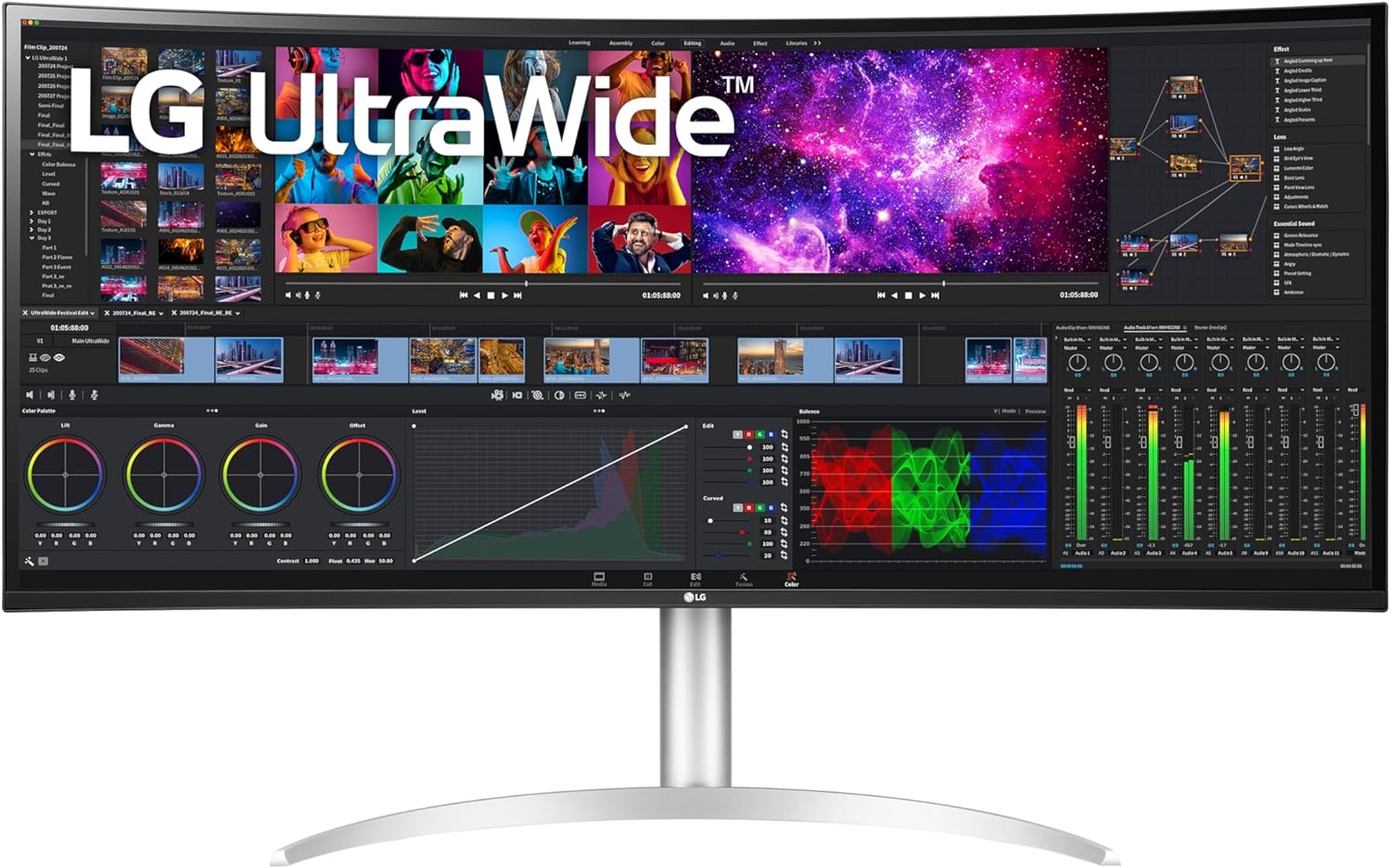Finding the Best Video Editing Monitor For you
It is easy to overlook things. But when editing a video, it is best to dot the i’s and cross the t’s. There are many steps in the video production process. And one piece of equipment is vital to producing vibrant and accurate footage: the video editing monitor.
Seldom considered part of the production workflow, the monitor is an important ingredient of the video editing workflow. In reality, a monitor is the key element in properly color-graded footage.
If you are in the market for a new monitor, then this article will direct you toward one that packs the most punch for a given budget.
And check out these other pages for more tips on getting the most out of your art:
Our Video Editing Monitor Recommendations
Best Overall
Eizo ColorEdge CG2700X
Screen Size: 27 Inch
Resolution: 3840 x 2160
Refresh Rate: 60Hz
Inputs: 2x USB-C, Display Port, HDMI, 4x USB A, RJ-45 LAN
Brightness: 500 nits
Color Gamut: 99% Adobe RGB, 98% DCI-P3
Price: $3,394
The Eizo ColorEdge CG2700X is a flagship video editing monitor due to its complete color management, array of features, and resolution.
With nearly 100% Adobe RGB and DCI-P3 coverage, this monitor is ready for video editing and color grading. What makes it stand out from other monitors in this class is the built-in calibration sensor, ensuring a calibrated monitor at all times without needing third-party hardware and software.
With 4K resolution, the space on the monitor provides plenty of room for video editing and color grading. The diverse connectivity allows for power delivery to devices.
Perhaps best of all, the monitor is equipped with an ethernet port for connecting a laptop to a network.
The pros of this video editing monitor go on, but the one con is the price. At over $3,300, it is costly. But if professional color grading and editing is what you are after, the price is worth the expense.
Best Affordable
Dell UltraSharp U2723QE
Screen Size: 27 Inch
Resolution: 3840 x 2160
Refresh Rate: 60Hz
Inputs: HDMI 2.2, Display Port 1.4, USB-C 3.2 Power Up to 15W, 4x USB 3.2, Audio Line-Out, RJ-45 LAN
Brightness: 400 cd/m2 or nits
Color Gamut: 100% Rec 709, 100% sRGB, 98% DCI-P3
Price: $459.99
With a contrast ratio of 2000:1, the Dell UltraSharp U2723QE provides brilliant visuals and incredible color at an affordable price b below $500. It also includes 4K resolution. That means it is the ideal budget monitor for any video work.
With a sleek platinum silver finish, this video editing monitor stands out while enhancing your workflow through its comprehensive connectivity. This editing monitor is the perfect setup for someone just getting into video and photo editing, or the seasoned pro looking for a second monitor.
The biggest con with this video editing monitor would be the limited Adobe RGB color space, yet it features 98% DCI-P3, a cinema color space standard.
Affordable Runner-Up
Asus ProArt PA278CGV 27”
Screen Size: 27 Inch
Resolution: 2560 x 1440
Refresh Rate: 144Hz
Inputs: USC-C, HDMI, DisplayPort, USB Hub, Audio Line-Out
Brightness: 350 cd/m2 or nits
Color Gamut: 100% sRGB, 95% DCI-P3
Price: $319
The Asus ProArt PA278CGV 27” monitor is a great choice for any video editor on a budget.
With an LED backlight display that features In-Plane Switching, it also comes with a wide, nearly 180-degree viewing angle. Though the color gamut is not as high as some higher dollar monitors, it covers 100% of the sRGB gamut and 95% DCI-P3.
Extensive connectivity includes DisplayPort via USB-C with 90-watt power delivery for laptops and a USB Hub.
Best 4K
BenQ LED IPS PD3220U
Screen Size: 31.5 Inch
Resolution: 3810 x 2160
Refresh Rate: 60Hz
Inputs: 2x USB 3.1, USB-B, 2x HDMI 2.0, Display Port 1.4, 2x Thunderbolt 3, USB-C, USB 3.1, Audio Line-Out
Brightness: 300 cd/m2 or nits
Color Gamut: 100% Rec. 709, 100% sRGB, 95% DCI-P3
Price: $999.98
The BenQ LED IPS PD3220U is a workhorse 4K monitor for any video editor looking to dovetail affordability with features.
The large 31.5” screen provides ample space for multiviewing and video editing. This monitor was made for designers – it comes equipped with Pantone Validated and Calman-verified color accuracy.
And it was designed to connect to Apple MacBooks seamlessly. It features Mac-compatible color matching. This means users can edit on the go and when they get home, can plug into this monitor knowing colors will be identical between the laptop and the display.
With a Thunderbolt 3 connection, you can charge devices, transfer data, and more. What would take this monitor to the next level would be a wider color gamut. But at this price, the features provided strike a pleasant chord between cost and function.
Best Curved
LG UltraWide 40WP95C-W
Screen Size: 40 Inch
Resolution: 5120 x 2160
Refresh Rate: 72Hz
Inputs: Display Port, 2x HDMI, Audio Line-Out, 2x Thunderbolt 4, USB-C Data, USB-C Power, USB-C Display
Brightness: 300 cd/m2 or nits
Color Gamut: 98% DCI-P3
Price: $1,428.99
The LG 40WP95C-W monitor provides all the real estate a video editor could want.
At over 40” wide, video editors can push their creativity with this monitor. With a 98% DCI-P3 Color Gamut, your work will come to life, considering the use of HDR 10 and Nano IPS features.
As with the best overall monitor above, this one is packed full of features for video editors. But that also raises the cost.
But it’s worth noting the dual 10-watt speakers for audio playback.
If video editing is your primary work, then this wide monitor will boost your creativity and efficiency.
Things to Know When Shopping for a Video Editing Monitor
Monitors are advanced pieces of equipment, and having a basic understanding of the specifications will make shopping much easier and enjoyable. A simple Google search yields terms like nits, refresh rates, hertz, gamut, and much more. What’s more, the name of the monitor will be a series of letters and numbers, making shopping a dizzying experience.
Here are the key specifications that are important when selecting a monitor for video editing.
- Color Accuracy: You want to find one that has a rating of delta E < 2 or better
- Color Gamut: This is by far the most important specification. The more colors the monitors can produce, the more it will cost. Look for a monitor with at least 95% DCI-P3. Learn more about color space in videography here.
- High Contrast Ratio: A higher contrast value will make the footage look crisper and easier to edit.
- High Brightness Level: The brighter the screen, the more enjoyable the experience will be. A nit is the same as candelas (cd/m2).
- Resolution: Are you working with 4K footage? Then you will want a 4K resolution screen to have a 1 to 1-pixel ratio. First, decide if you really need to edit in 4k.
- HDR Support: The same as above. If the source is HDR, you want the monitor to match.
- Ergonomics: The monitor needs to fit your office, your desk, and your workflow.
- Price Tag: Every project has a budget, and this guide is here to help you get the most for your dollar.
Key Specifications for Video Editing Monitors
Out of the above list, there are a few key considerations that will impact the cost of a monitor. Resolution is one of them. As mentioned, having a resolution of at least 3840 x 3160 pixels will make any 4K footage a joy to work with.
Color is another important specification. The more colors a monitor can reproduce, the better and more accurate the video editing will be. Of course, as color accuracy and gamut increase, the price tag climbs higher.
The key is to get a monitor with at least 95% DCI-P3. This is a color space similar to Adobe RGB and is between two industry standards, Rec. 709 and Rec. 2020.
Color spaces are extremely important in video editing. The above video explores Rec. 709 and how it relates to LOG and other color profiles.
Learn the difference between sRGB and Adobe RGB here.
Ergonomics is also worth talking about. Monitors typically are equipped with a stand and rest on your desktop. However, many options include a clamp base that can be affixed to the edge of a desk. These usually have an articulating arm and allow for a wide diversity of set-ups.
A curved monitor will keep the entire screen equidistant from your eyes, making the editing process easier. However, this is not essential in video editing. Once you establish a budget, get the largest monitor you can squeeze into that budget. The more real estate you have will allow the windows in your editing suite to be larger.
For more video editing monitor information, check out the related posts below.
